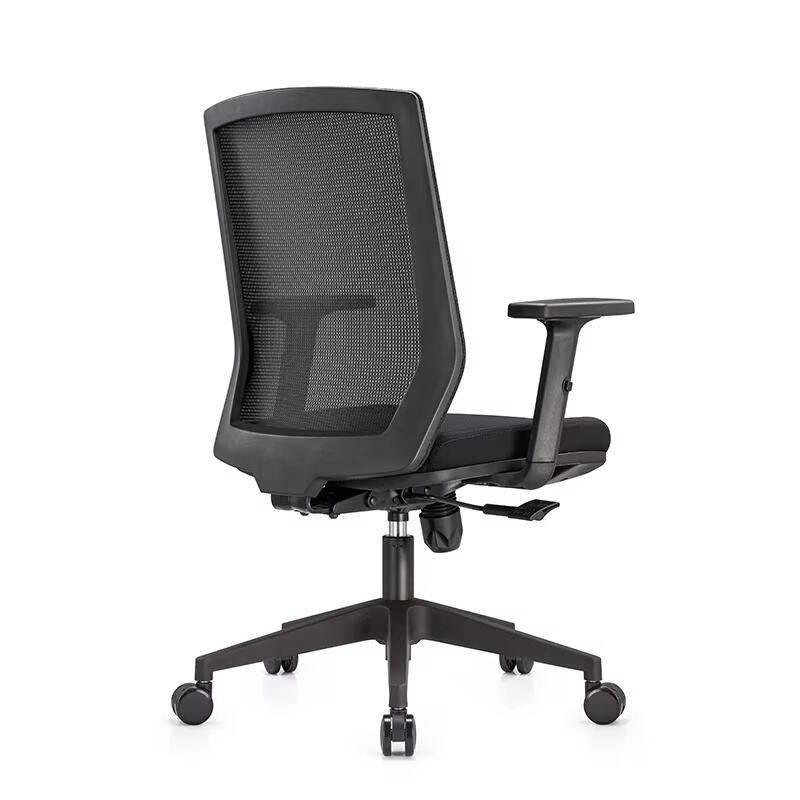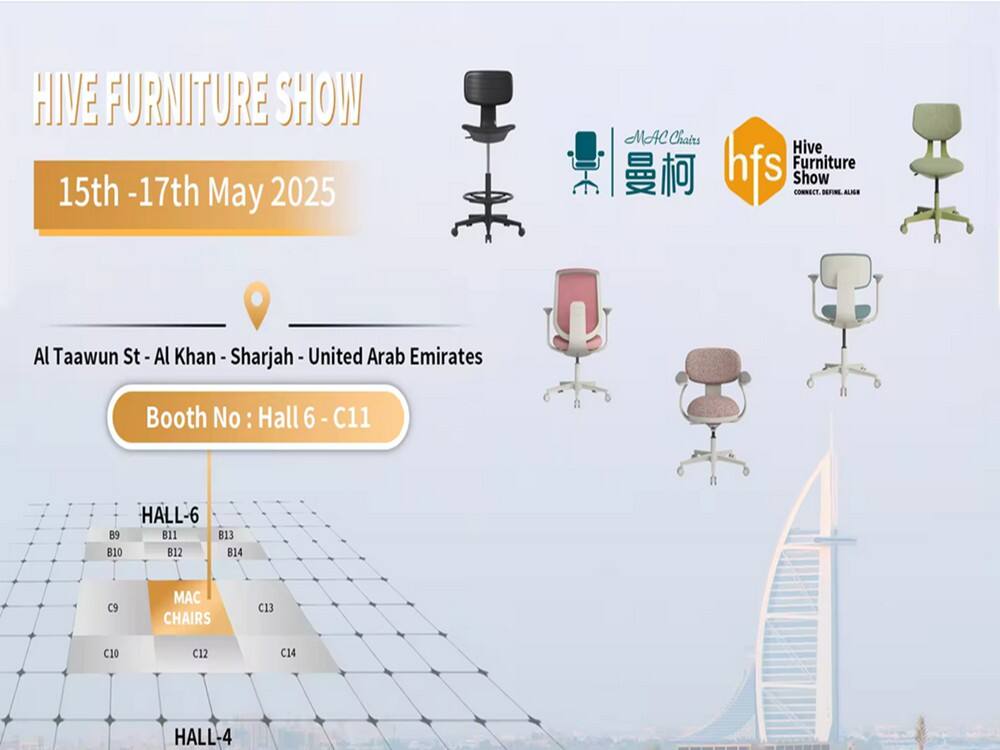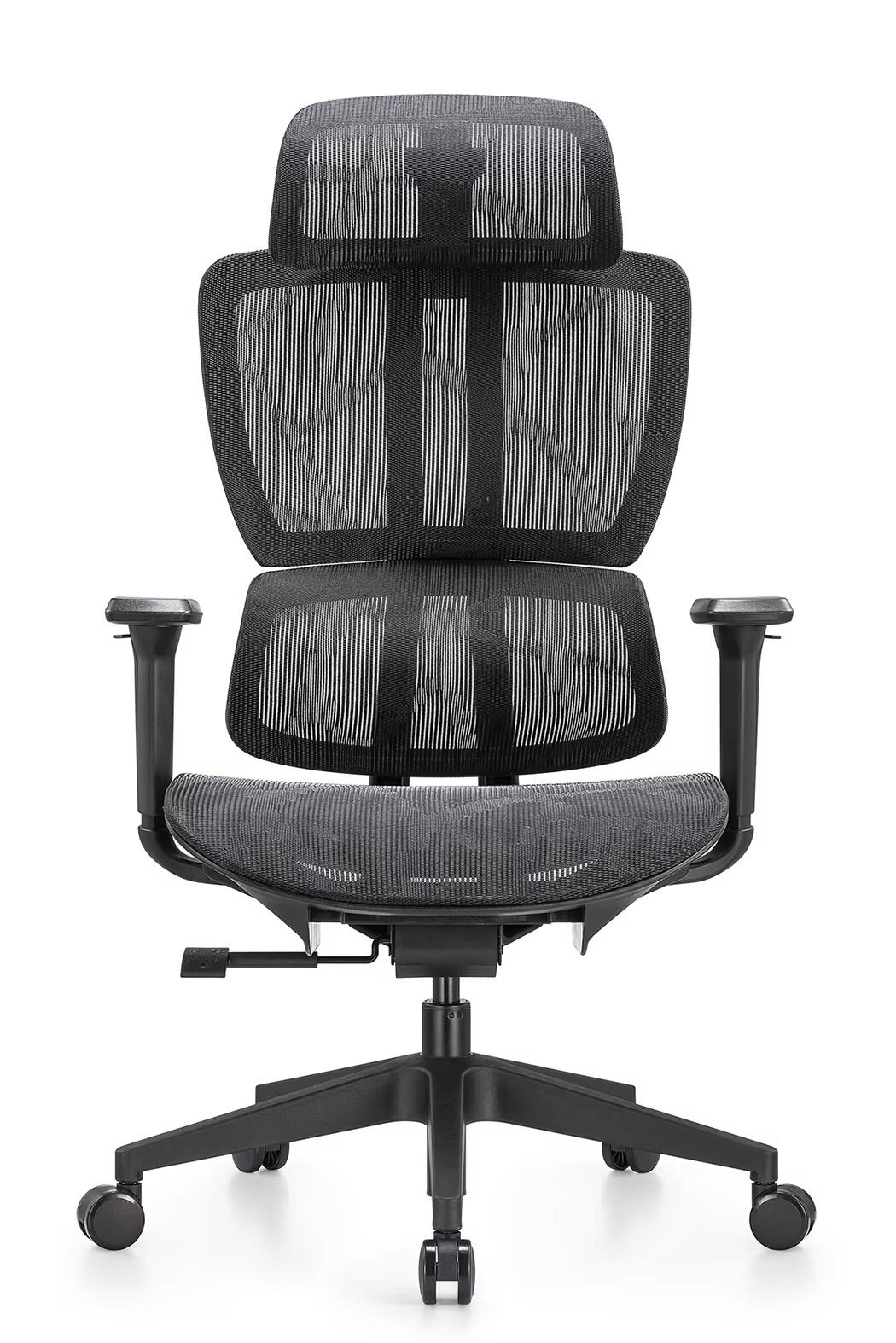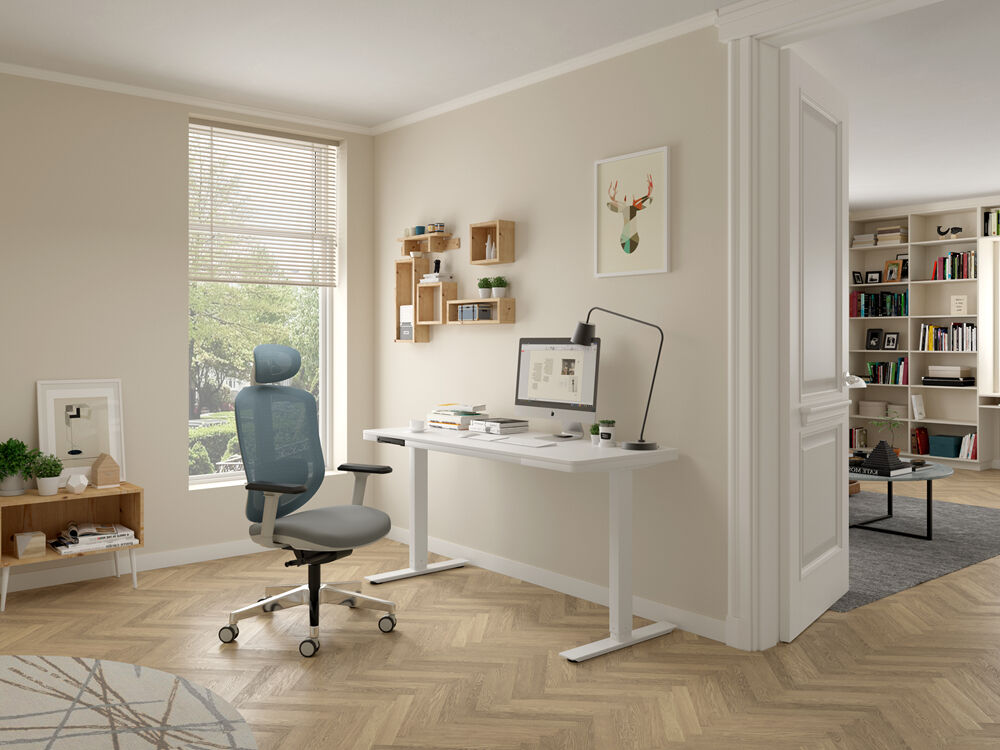
The Evolution of Workplace Seating Technology
The landscape of office furniture has undergone a remarkable transformation in recent years, with ergonomic office chair design leading the charge toward healthier workspaces. As remote work becomes increasingly prevalent and office workers spend longer hours at their desks, the demand for sophisticated seating solutions has skyrocketed. Today's ergonomic office chair represents a perfect fusion of cutting-edge technology, advanced materials science, and human-centered design principles.
Modern professionals now understand that their choice of office seating directly impacts not only their comfort but also their productivity and long-term health. The latest innovations in ergonomic office chair design reflect this growing awareness, with manufacturers investing heavily in research and development to create seating solutions that address the complex needs of the contemporary workforce.
Advanced Materials and Sustainability Features
Eco-friendly Manufacturing Processes
The latest generation of ergonomic office chairs incorporates sustainable materials and manufacturing processes without compromising on comfort or durability. Recycled plastics, biodegradable cushioning, and responsibly sourced wood components are becoming standard features. Manufacturers are increasingly using ocean-bound plastics and post-consumer recycled materials in their chair frames and bases, demonstrating a commitment to environmental stewardship while maintaining structural integrity.
Beyond material selection, production methods have evolved to minimize environmental impact. Water-based adhesives, zero-emission manufacturing facilities, and energy-efficient assembly lines are now common in the ergonomic office chair industry. These sustainable practices not only benefit the environment but also appeal to environmentally conscious consumers and businesses.
Smart Fabric Technologies
Revolutionary fabric technologies are transforming the way ergonomic office chairs interact with users. Temperature-regulating materials adapt to body heat, ensuring optimal comfort throughout the workday. Antimicrobial textiles resist bacteria growth and maintain freshness, while moisture-wicking properties keep users dry and comfortable during extended sitting periods.
Some manufacturers have introduced self-cleaning fabrics that repel stains and maintain their appearance with minimal maintenance. These advanced materials not only enhance the user experience but also extend the chair's lifespan, making them a more sustainable choice for businesses and individuals alike.
Intelligent Adjustment Systems
Automated Posture Recognition
Modern ergonomic office chairs now feature sophisticated sensors that analyze sitting patterns and automatically adjust to optimal positions. These smart systems can detect when users begin to slouch or maintain poor posture, providing gentle reminders or automatic adjustments to maintain proper alignment. The integration of artificial intelligence allows chairs to learn individual preferences and create personalized comfort profiles.
Some advanced models include pressure mapping technology that continuously monitors weight distribution and adjusts support points accordingly. This dynamic response system ensures that users maintain healthy posture even during long working sessions, reducing the risk of musculoskeletal disorders.
Mobile App Integration
The latest ergonomic office chairs connect to smartphone applications, allowing users to track their sitting habits and receive personalized recommendations for movement and breaks. These apps can provide detailed analytics about posture, sitting duration, and movement patterns, helping users develop healthier workplace habits.
Through mobile integration, users can also save their preferred chair settings and easily transfer them between different chairs in shared workspaces. This technology is particularly valuable for organizations implementing hot-desking or flexible seating arrangements.
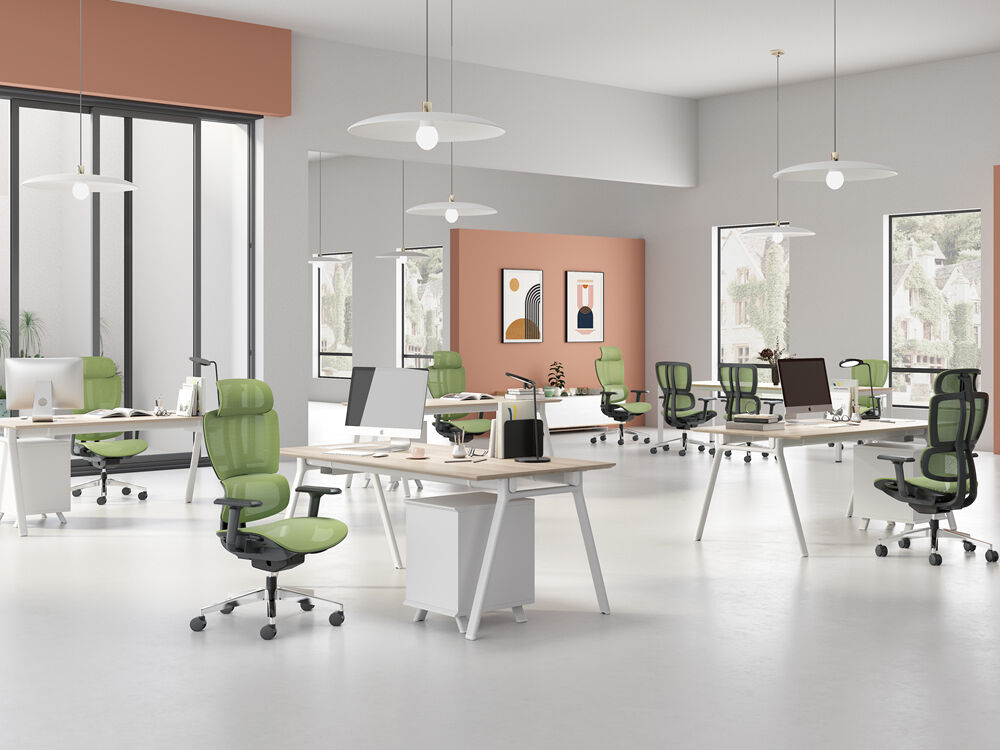
Enhanced Movement and Flexibility Features
Dynamic Support Systems
Contemporary ergonomic office chairs incorporate advanced movement mechanisms that promote active sitting. These systems allow for natural body movement while maintaining proper support, encouraging muscle engagement and improved circulation. Some chairs feature suspended seat pans that respond to subtle shifts in weight, promoting micro-movements that help prevent stiffness.
The latest designs also include multi-directional pivoting capabilities that support a wider range of natural movements. This enhanced flexibility helps users maintain proper positioning during various tasks, from focused computer work to collaborative discussions.
Customizable Support Zones
Modern ergonomic office chairs offer unprecedented levels of customization through adjustable support zones. Users can fine-tune different areas of the chair to match their body shape and preferences. Advanced lumbar support systems feature multiple adjustment points, while seat depth and width can be modified to accommodate different body types.
Some manufacturers have introduced modular components that allow users to swap out parts as their needs change over time. This adaptability ensures that the chair remains comfortable and supportive throughout its lifecycle, reducing the need for replacement and supporting sustainability goals.
Future-Forward Design Elements
Biometric Integration
The next generation of ergonomic office chairs incorporates biometric sensors that monitor vital signs and stress levels. These chairs can detect changes in heart rate, breathing patterns, and body temperature, providing valuable insights into user wellness. Some models even integrate with workplace wellness programs, helping organizations promote healthier work environments.
Advanced haptic feedback systems are being developed to provide subtle physical cues that encourage better posture and regular movement. These innovations represent the growing intersection between furniture design and health technology.
Aesthetic Innovation
Modern ergonomic office chairs balance functionality with sophisticated aesthetics. Designers are moving away from traditional bulky forms, creating sleeker profiles that complement contemporary office environments. Customizable color options and finishes allow chairs to integrate seamlessly with various interior design schemes.
Manufacturers are experimenting with transparent and translucent materials, creating visually lighter chairs that maintain robust support. These design innovations help create more inviting workspaces while maintaining the essential ergonomic features that users require.
Frequently Asked Questions
How often should an ergonomic office chair be replaced?
A high-quality ergonomic office chair typically lasts 7-10 years with proper maintenance. However, replacement timing depends on usage intensity, maintenance practices, and whether the chair still provides adequate support. Watch for signs of wear, decreased comfort, or failing adjustment mechanisms as indicators for replacement.
What are the most important features to look for in an ergonomic office chair?
Essential features include adjustable lumbar support, seat height and depth adjustment, armrest customization, and a supportive backrest with tilt capability. Additionally, look for chairs with breathable materials, smooth adjustment mechanisms, and warranty coverage that matches your expected usage period.
How can I ensure my ergonomic office chair maintains its performance over time?
Regular maintenance includes cleaning according to manufacturer specifications, checking and tightening hardware periodically, lubricating moving parts as needed, and addressing any issues promptly. Keep the chair in a climate-controlled environment and avoid exposing it to direct sunlight for prolonged periods to prevent material degradation.

